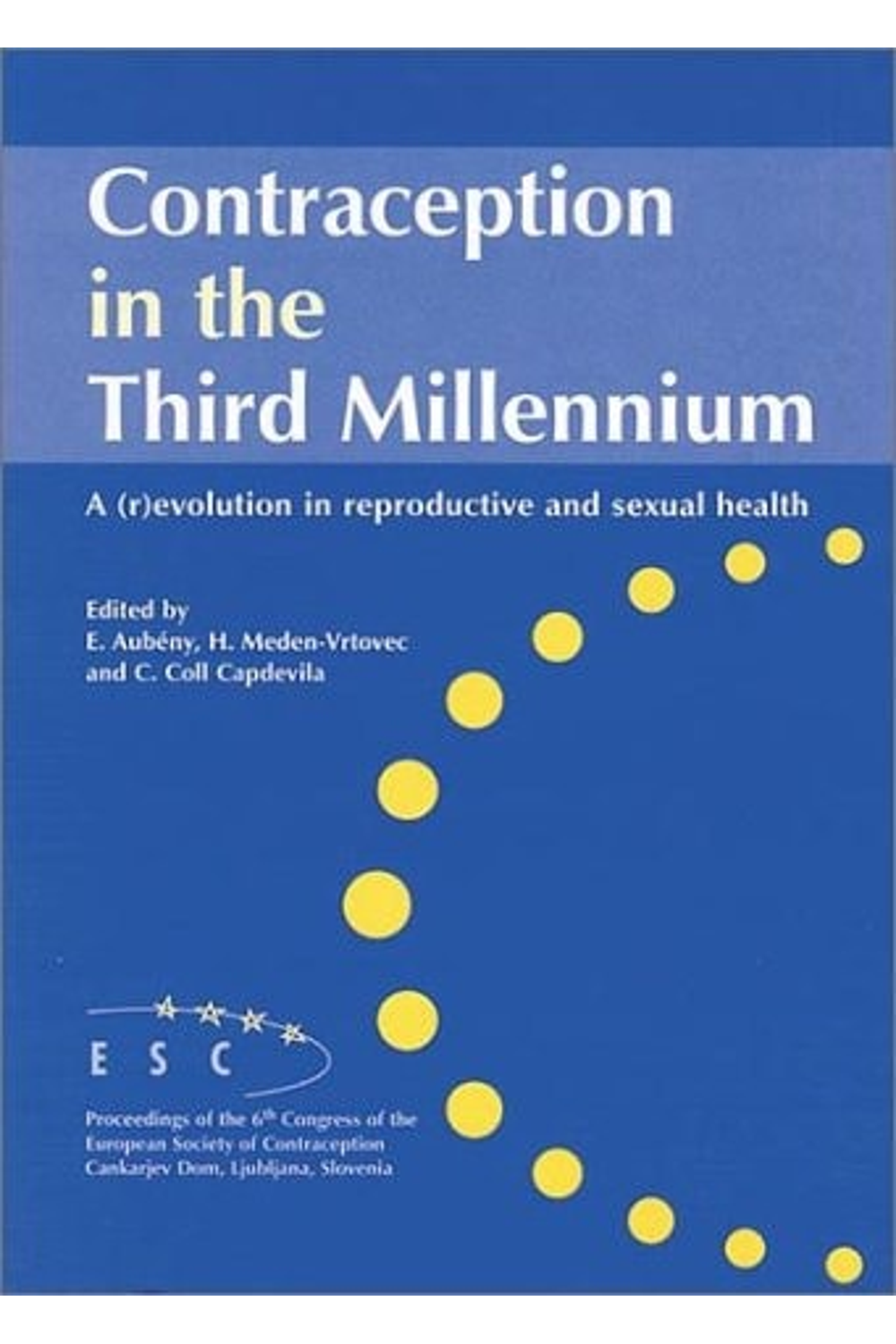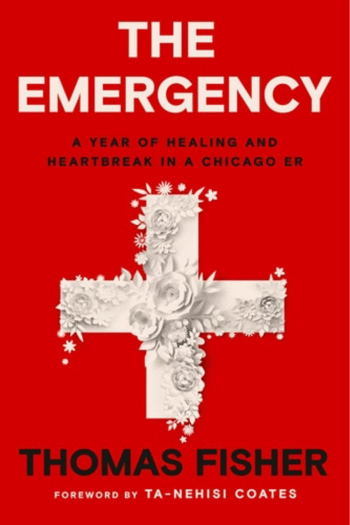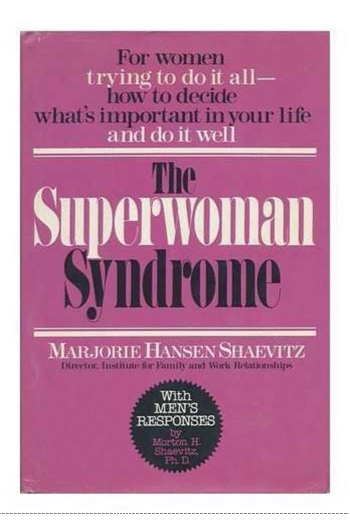Explore the complexities of modern contraception and sexual health with “Contraception in the Third Millennium: A (R)evolution in Reproductive and Sexual Health” by E. Aubeny and H. Meden-Vrtovec. This comprehensive guide, published by CRC Press, offers a detailed examination of contraceptive methods, reproductive technologies, and the prevention of sexually transmitted diseases. Gain insights into family planning strategies, emergency contraception options, and the challenges of sexual health in adolescence and perimenopause. Discover the historical context and future trends in reproductive healthcare, making this book an essential resource for medical professionals and students seeking a deeper understanding of this critical field. Despite being published in 2001, the book delivers key insights into the field of sexual health and STD preventions.
Contraception in the Third Millennium: A (R)evolution in Reproductive and Sexual Health
14,09 $
In stock
Now more than ever, we have control over our fertility. Many forms of contraception are widely available to most of the population. An authoritative clinical reference, Contraception in the Third Millennium: A (R) evolution in Reproductive and Sexual Health examines the issues involved from all sides. The book covers the theoretical and practical aspects of present and future contraception and sexuality and sexually transmitted diseases (STDs). Topics include: reproductive health, progestins and antiprogestins, emergency contraception, family planning, contraception in perimenopause, optimizing contraceptive services, availability of abortion, strategies and prevention of STDs, and sexual health in adolescence and preventative behavior. It also touches on the relationship between sexuality, STDs, and contraception. The “Meet the Experts and Workshops” section provides answers to practical questions and the reality of contraception in many countries.
We are now in the third generation of the contraceptive revolution. Although many methods have been available since the early part of this century, it is only the last three generations that have had a readily available source of contraception. The third generation has more choices, but they also face more issues, sooner, than previous generations. Despite the spread of contraception throughout the Western world, advances are still needed. Contraception in the Third Millennium: A (R) Evolution in Reproductive and Sexual Health provides a guide to new and recurring issues in achieving successful contraception and reproductive health care.
| Authors | |
|---|---|
| Binding | |
| Condition | |
| ISBN-10 | 1842140213 |
| ISBN-13 | 9781842140215 |
| Language | |
| Pages | 120 |
| Publisher | |
| Year published | |
| Weight | 476 |
| Edition | 1 |
- Additional information
- Currencies
- USD – United States dollar
- EUR – Euro
- GBP – Pound sterling
- CNY – Chinese yuan
- BRL – Brazilian real
- MXN – Mexican peso
- JPY – Japanese yen
- PHP – Philippine peso
- THB – Thai baht
- PLN – Polish złoty
- CAD – Canadian dollar
- MYR – Malaysian ringgit
- AUD – Australian dollar
- TWD – New Taiwan dollar
- CZK – Czech koruna
- SEK – Swedish krona
- HUF – Hungarian forint
- ILS – Israeli new shekel
- CHF – Swiss franc
- HKD – Hong Kong dollar
- DKK – Danish krone
- SGD – Singapore dollar
- NOK – Norwegian krone
- NZD – New Zealand dollar





